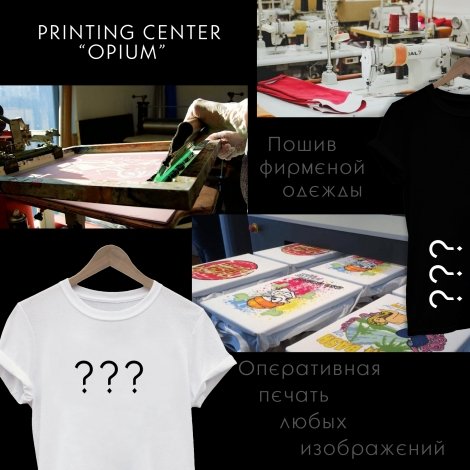
Have you ever wondered how the pattern appeared on your favorite T-shirt? We are so used to prints on clothes that we already perceive them as something natural, as if the fabric immediately appears with the drawings. Naturally, this is not the case. There are different ways to print on textiles:
- Digital. The most modern method that allows you to transfer complex multi-colored images to clothes. On the downside, direct digital printing is only suitable for cotton fabrics, and reactive dyes will be required for color fastness.
- Thermal transfer. For small print runs, thermal transfer or thermal transfer is used. This is the process of transferring an image from a stencil under the influence of high pressure and temperature onto fabric. This option is only suitable for vector images, and there should be no more than 5 colors.
- Silk-stencil. Allows you to apply bright, embossed prints using not only ordinary, but also decorative paints - glitter, blotches, various effects. Silk-screen - or silk-screening - divides an image into separate layouts based on color. Such prints retain color saturation well, and the printing price is relatively low.
- Embroidery. Produced by special machines. The program determines the number of stitches and their location according to the given image, after which the machine embroider the print directly on the clothes, or on the chevron, which is then glued to the clothes. Embroidery on clothes is not afraid of washing, it keeps its brightness and shape for a long time.
- Sublimation. Suitable for synthetic fabrics, relatively simple and cheap method. First, the image is printed on special paper in a mirror projection, after which the front side of the product and the temporary carrier are connected, placed under a press. There, under the action of high temperature and pressure, the paint turns into a gas and penetrates deep into the fibers of the textile. The result is a bright, durable and crisp print.
- Flex film. A type of thermal transfer using vinyl film on an adhesive backing. A stencil is cut out of the film, attached to the fabric and sent under the press. Among the advantages are unusual effects, such as color change under different lighting, metal effect, leather, holography.
For private orders, the appropriate printing method is determined individually, taking into account the type of fabric, the desired image and the batch size.